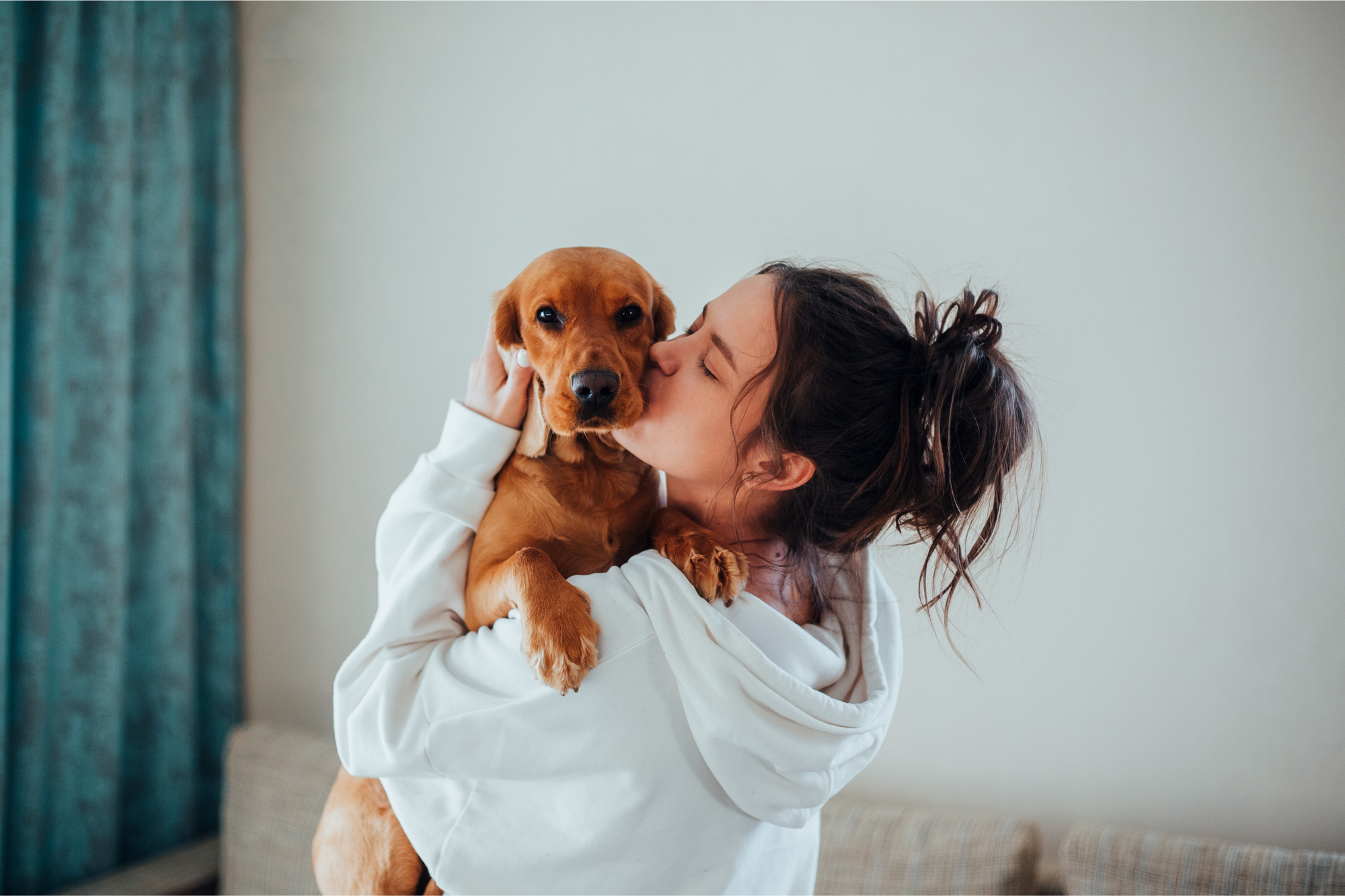Recent Posts

Teach Your Dog To Sit
The Sit Command Difficulty: Easy Equipment: A handful of training treats, a clicker (optional) Prerequisites: Watch Me! (optional) Training Sessions: 5-10 minutes a day 2-3...
Teach Your Dog To Lie Down
THE DOWN COMMAND DIFFICULTY: EASY EQUIPMENT: A HANDFUL OF TRAINING TREATS, A CLICKER (OPTIONAL) PREREQUISITES: SIT TRAINING SESSIONS: 5-10 MINUTES A DAY 2-3 TIMES A...
Teach Your Dog To Stay
THE STAY COMMAND DIFFICULTY: AVERAGE PREREQUISITES: SIT, DOWN (OPTIONAL) EQUIPMENT: TRAINING TREATS, CLICKER (OPTIONAL) TIME REQUIRED: 10 MINUTES, 2-3 TIMES PER DAY Download "Stay" is another...
Train Your Dog To Come
A SUPER SOLID “COME” COMMAND DIFFICULTY: EASY TO TEACH, DIFFICULT TO GET CONSISTENT RESULTS PREREQUISITES: NAME RECOGNITION & SIT EQUIPMENT: REALLY GOOD, SPECIAL TREATS; A LEASH IF...
Teach Your Dog To Leave It
THE LEAVE IT COMMAND DIFFICULTY: MEDIUM EQUIPMENT: TRAINING TREATS, A CLICKER (OPTIONAL) PREREQUISITES: NADA! TRAINING SESSIONS: 5-10 MINUTES A DAY, 2-3X A DAY. Download "Leave...
Teach Your Dog to "Go To Your Spot"
The Go To Your Spot Command DIFFICULTY: MEDIUM-ADVANCED EQUIPMENT: TRAINING TREATS, A MAT OR DOG BED, A CLICKER (OPTIONAL) PREREQUISITES: A STRONG SIT & DOWN, WATCH...